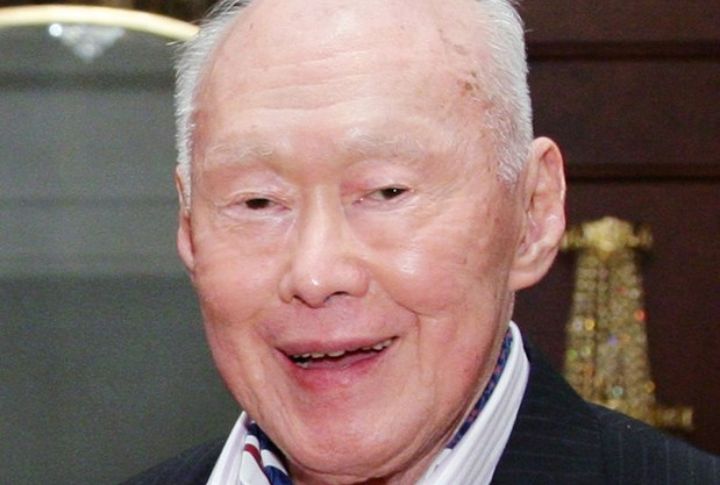
Long before skyscrapers and bustling ports, Singapore was Temasek, a small fishing village. A legendary lion sighting later inspired Singapura, yet Temasek Port’s story remains partly mysterious. From these humble beginnings, Singapore transformed into a global financial powerhouse through bold reforms, inventive strategies, and unwavering discipline. Here are the top 10 strategic moves and economic pivots that turned this struggling port into a global example of growth.
Founding Of The British Trading Post

On January 28, 1819, Stamford Raffles landed in Singapore and signed a treaty with the Sultan of Johor. He established a British East India Company trading post at Singapore’s strategic harbor. The decision transformed the island into an important commercial hub and laid the foundation for its rise as a global trade center.
Comprehensive Free Trade Agreement Network
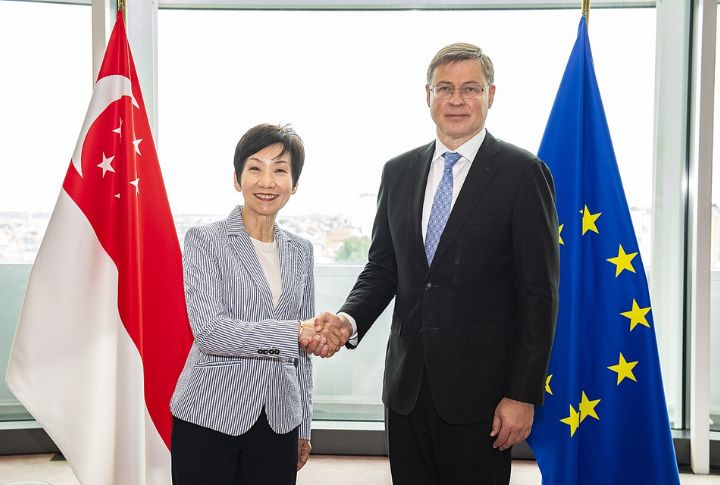
Spurred by scarcity, Singapore cultivated a vast network of free-trade agreements, from bilateral pacts with China and India. By harmonizing standards and opening markets, over 90% of its trade sails under the Free Trade Agreement. The deep integration diversified exports and cemented Singapore’s place as Asia’s global trading nexus.
Lee Kuan Yew’s Visionary Leadership
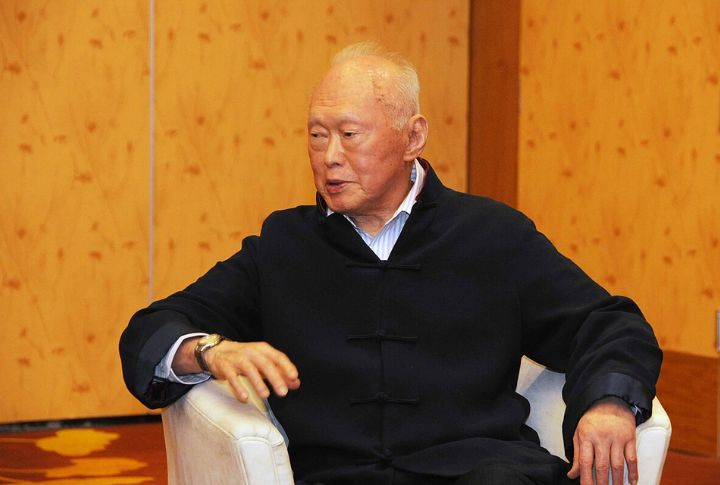
Lee Kuan Yew’s bold vision transformed Singapore from a modest seaport into a thriving global city. As Prime Minister from 1959 to 1990, he spearheaded policies that attracted foreign investment and positioned Singapore as a global financial hub. Lee also championed meritocracy and strict governance, which created a stable environment that multinational corporations found ideal for regional headquarters.
Biomedical Sciences Expansion

By the 2000s, Singapore had transformed into a buzzing hotspot for biomedical sciences and innovation. Heavy investments in research institutes and startups built a strong foundation, and the 2000 Biomedical Sciences initiative supercharged growth, attracting talented minds and ambitious entrepreneurs from around the world.
Export-Oriented Industrialization
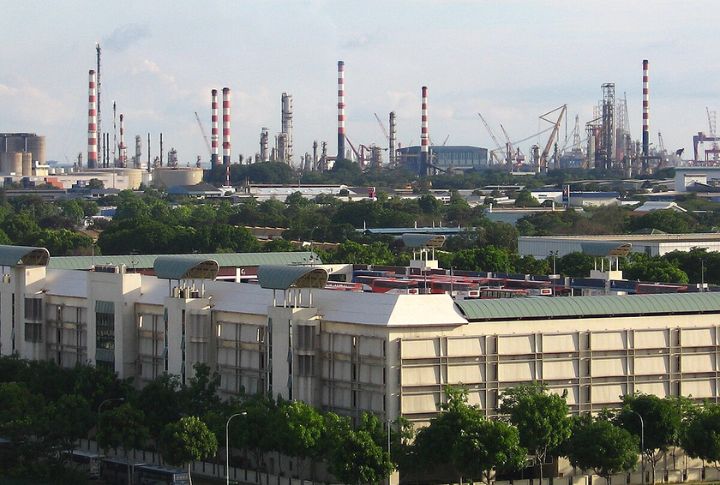
The Jurong Industrial Estate became the country’s bold statement in a region still dominated by farms. Thanks to the Economic Development Board’s laser-focused push for global investment and a sharp export strategy, the island pulled off impressive growth even with tight space and a carefully managed population.
Smart Nation And Digital Innovation Drive
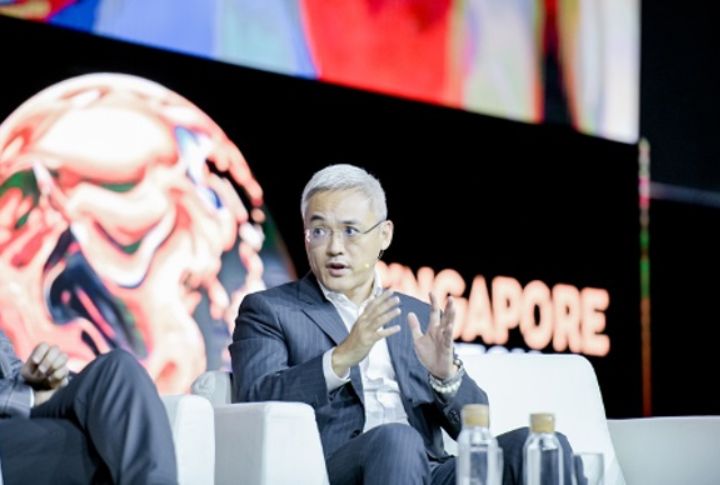
Introduced in 2014, the Smart Nation push digitized every facet of life with SingPass digital IDs, ubiquitous broadband, 5G, and IoT sensor grids. Open-data platforms and regulatory sandboxes for fintech and mobility let startups and MNCs prototype. This living-lab approach boosted productivity, lured global tech investors, and crowned Singapore a digital power.
Port Of Singapore
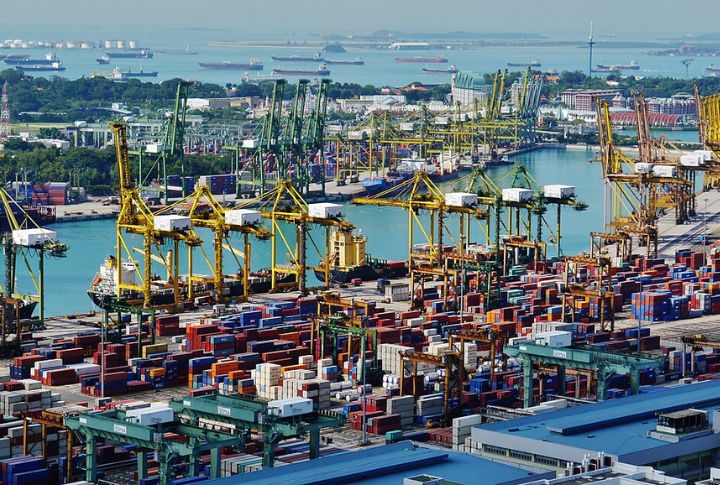
With advanced infrastructure and a prime location, Singapore’s port has become a true maritime powerhouse. In 2024, PSA Singapore handled 40.9 million TEUs. Continued growth in 2025 solidifies its role as a leading transshipment hub and a major oil refining and bunkering center, according to Straits Times, MPA Singapore.
Public Housing Efforts
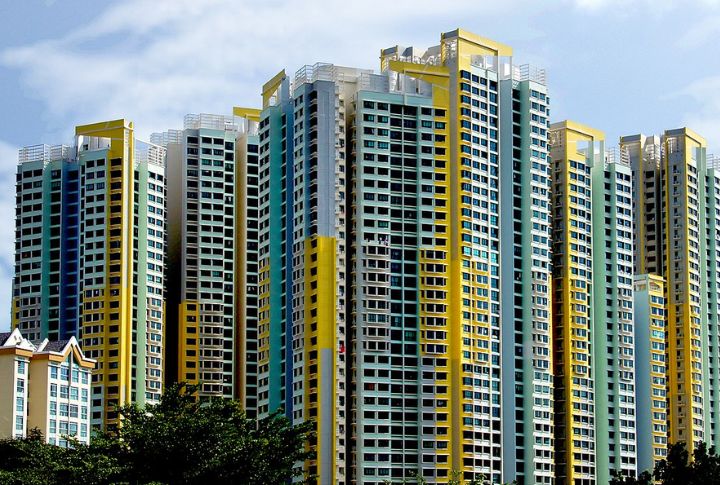
Public housing stands as a cornerstone of Singapore’s development. The program, widely recognized as one of the world’s most successful, helped foster social cohesion among diverse communities. Meanwhile, strategic government policies ensured affordable housing remained accessible to most residents.
Free Market Economy
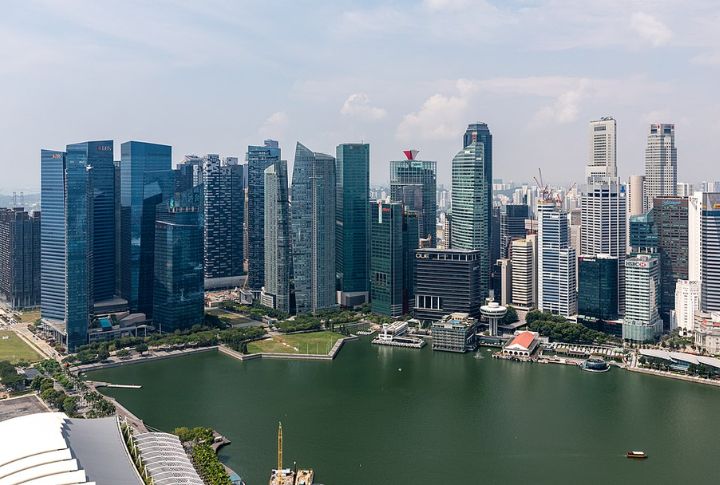
Singapore attracts global companies like a magnet, thanks to its strict laws and a polished, highly developed free-market economy. On top of that, being one of the world’s least corrupt nations, combined with some of Asia’s lowest income tax rates, makes it a business playground that’s hard to resist.
Sovereign Wealth Funds
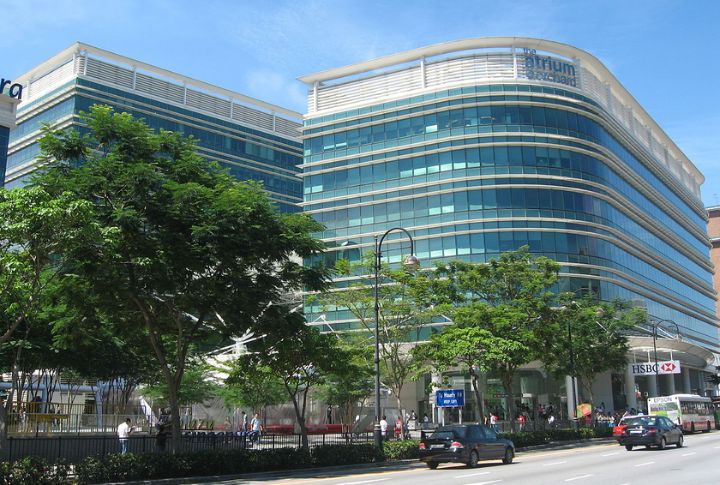
Two powerhouse sovereign wealth funds, GIC and Temasek Holdings, reinforce the nation’s financial strength. GIC ensures long-term stability with global investments, while Temasek supports strategic industries. Together, they absorb economic shocks and grow intergenerational wealth, quietly driving the country’s rise as a major financial power.
